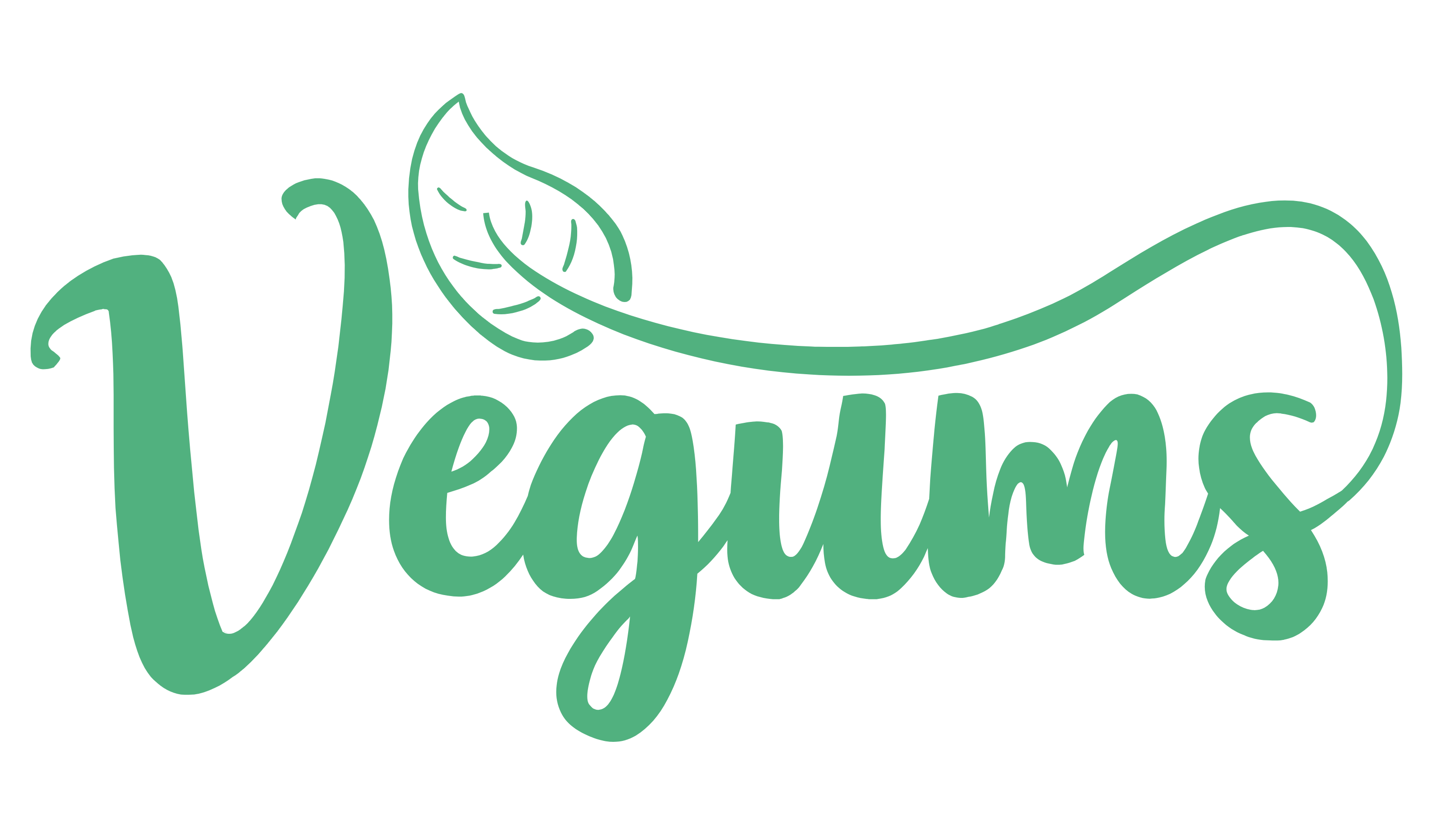Summer is approaching, so it’s time for some anti-lawn activism. Don’t stop reading if you don’t have a garden either – I’m sure there’s someone you know that loves a good lawnmower, or you can do a bit of guerrilla gardening* (but don’t tell anyone we told you to).

We’re not limiting our helping hand just to bees – all pollinators are important! Bees are a keystone species, meaning they have a scarily big responsibility for their size, but if we don’t help the others flying friends sharing their environment then everything will be out of whack.
Honey bees are making a bit of a comeback since backyard beekeeping hit the shelves, but in Britain alone we have around 269 other bee species to look after! The increase in honeybee populations means there’s increased competition for nectar and pollen, so it’s important that we get the balance right sooner rather than later.

Got a garden? Now’s your time to shine!
- Plant the Good Stuff
- Bees need pollen and nectar to survive and to feed their young. Because there’s such a wide variety of species of pollinators, we need to offer them food year-round (or at least from February to November). The best way to do this is by planting lots of different flowering plants – including vegetables and herbs to feed ourselves at the same time – that are in season at different times of year. You can read what to plant here.
- Provide shelter
- Solitary species of bee live in nests rather than hives like the honeybee. You can either buy or make your own special bee house, or if you want to go for a more ‘rustic’ look it’s simply a case of leaving a pile of hollow stems that you’ve pruned back, or you could drill holes into a log. Read more about the options here.
- Provide water
- When you see a struggling bee, it’s not always energy that they need – sometimes they’re desperate for a drink! This is especially important in drier months when there might not be shallow puddles around. Make a bee-friendly drinking station by filling a shallow dish with water and placing rocks in it so that there’s somewhere for them to land while they drink.
- Leave the weeds bee
- Pollinators work best with what they’ve grown up with – they’ve adapted to their specific environment so they’re most familiar with native flowers. That’s why wildflowers and weeds are so important – not only do they actually look pretty, dandelions and daisies in the lawn are great little helipads! They’re also good because they’re single-layered petal flowers, so they don’t make accessing that all-important pollen too difficult.
- Don’t use the Bad Stuff
- This should go without saying, but don’t use nasty chemical pesticides – if you’re really worried about pests then you can introduce or encourage predatory species like ladybugs or birds, but there’s no excuse to be killing our little friends!
- It’s understandable to want a patch of grass to spend the summer on, but do leave an area that you don’t mow if possible! Longer grass provides great shelter for bees that have nests underground, and encourages other beneficial critters.
Don’t have a garden? Don’t panic! It could be said that urban spaces have even more pollinator potential, because wildlife hasn’t been pushed aside to prioritise crops and livestock. Keep scrolling…

Guerrilla gardening is the easiest way to implement the pointers above without your own outdoor space, as it involves planting on derelict or wasted land. This can count as trespassing if you’re not careful, but luckily there are already some community groups that use council funding to transform potential pollination stations with permission. Not one near you? Why not set one up! There are other ways to get involved with the community too, such as campaigns for wildflower planting in parks, or campaigning against destruction of habitat.
You’d also be surprised by how much you can do with just a windowsill or a doorstep: a bee hotel or drinking hole takes up no room at all, and plants like lavender do well in just a pot.

